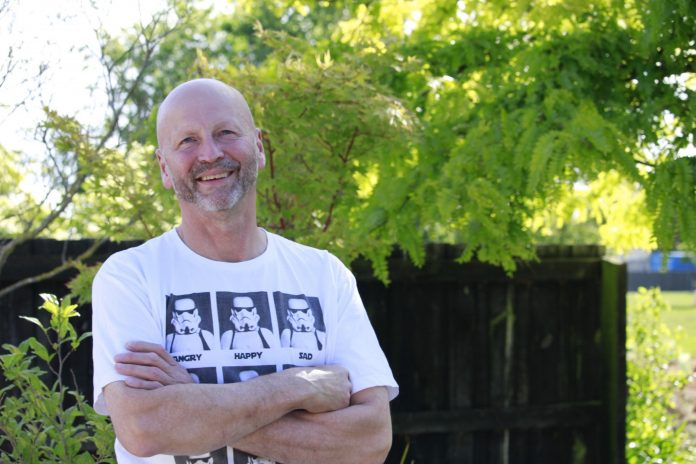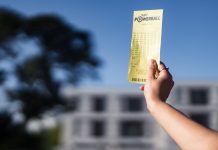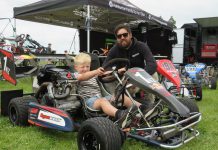When Mark Smith started experiencing a persistent twinge in his upper chest, he thought he had pulled a muscle. But instead, it was something much more serious. Susan Sandys reports.
Mark Smith of Ashburton is lucky to be alive.
The 60-year-old suffered a widowmaker heart attack, named as such because most people who have one do not survive.
Now just three months later, he has a cautionary tale to tell, one with an important message – do not ignore chest pain.
Realising how close he was to death, he is hoping sharing his story will help others. It was six days prior to his heart attack, which happened on August 21, that Smith got his first warning sign.
Jumping on a trampoline with his granddaughter, he felt unusually short of breath.
‘‘I thought ‘Shit I’m unfit’. I just felt a wee bit puffed.’’
He had always been reasonably fit.
He had given up smoking almost 40 years ago, did yoga and fitness classes with wife Ann, and regular medical checkups showed good health including no issues with cholesterol.
However, he did have a family history of heart disease, his dad having had a double bypass at the age of 61.
In the following days leading up to his heart attack, Smith felt ‘‘a wee twinge’’, lasting about 10 seconds, at the top of his chest in his collar bone area.
It would happen about once a day, sometimes on the left, other times on the right.
He thought it was just an old muscle injury from many years earlier playing up.
Then the day prior to his heart attack, he got another one of those twinges, this time feeling a bit sweaty.
He dismissed it again. But at work the following morning was when ‘‘the kicker’’ came.
It was after undertaking some physical work in his job at Ashburton Resource Recovery Park, Smith felt a briefly painful burning sensation, on both sides of his upper chest, which travelled to his neck.
‘‘That’s when I thought ‘Well, I don’t think this is a pulled muscle’.’’
He phoned his doctor, who advised him to go to Ashburton Hospital; his boss drove him there.
After tests he was sent through to Christchurch Hospital, where later that same day his fears of having had a heart attack were confirmed.
He was scheduled for surgery the following day, the urgency of the situation coming as a bit of a surprise.

‘‘It’s a bit of a shock, but the bigger shock was after the operation when I found out how bad it was.’’
The surgery was to insert a stent to an artery which was 95 per cent blocked. The location of the blockage, in the left anterior descending artery, made it the type of heart attack called a widowmaker.
Widowmakers are one of the deadliest types of heart attacks; only 12 per cent of people who have one outside of hospital survive.
For Smith, those twinges in the days prior were not a pulled muscle, but a symptom of his heart condition.
‘‘I had probably used up all the warnings,” Smith said.
‘‘After the surgeon and nurse explained how close I was, it makes you look at things totally differently.’’
Today he is back at work. He feels luckier than ever to be alive, enjoying every single day.
He has added more walking into his exercise routine of yoga and fitness classes.
He is more conscious of having a healthy diet and not getting stressed.
‘‘My wife steers me in the right direction,’’ Smith said.
One thing he has noticed since the surgery is the joy of taking a full deep breath.
He had not even realised it prior, that unconsciously he may have been compensating for not being able to do this.
His advice for others is not to ignore any chest pain.
“Anything you are unsure of, get checked out.”




